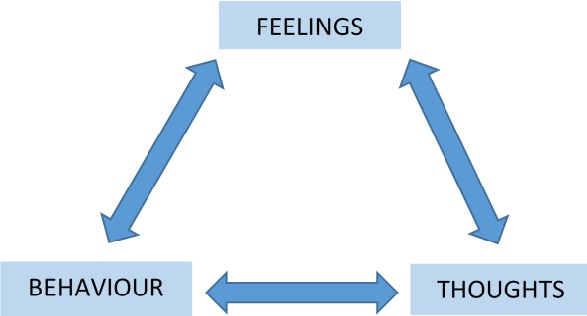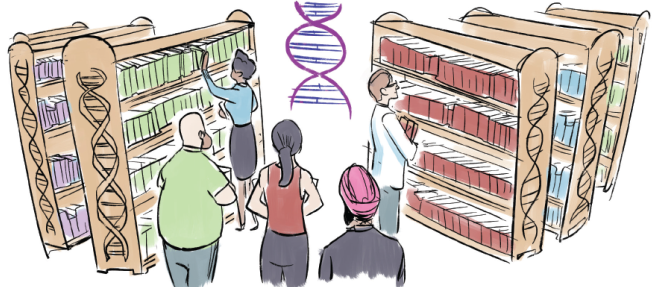
This week in our A-Z post for ‘K’, Tom McAdams [EDIT Lab Associate Director] outlines Kinship, a core concept in the field of behavioural genetics.

This week in our A-Z post for ‘K’, Tom McAdams [EDIT Lab Associate Director] outlines Kinship, a core concept in the field of behavioural genetics.

This week we continue our alphabetical A-Z series with a post on J for Jobs in Academia. Shivani and Michela [EDIT lab placement students] talk to academics from a range of different career levels based at the Social, Genetic and Developmental Psychiatry Centre, King’s College London. Representing the PhD/MSc Level (Meg Skelton), Post-Doctoral Research…

If we start this blog post with the statement that “people differ from each other”, you will probably snort with derision thinking of snowflakes and popular cheesy quotes about being unique like everyone else, but it is true. People do differ and in so many ways. This week Elena and…

Heritability is the proportion of variation in a given population that is due to genetic differences. If a trait is highly heritable, it is more likely to be shared between individuals of close genetic relatedness, regardless of whether they share the same environment. This concept can be difficult to wrap…

For the letter G, Thalia [Eley, EDIT Lab director] walks us through gene-environment correlation, a topic we think will become increasingly widely explored as methods for understanding genetic influence improve.

Fear is an emotional response vital for our survival. However, overwhelming fear can lead to excessive avoidance of situations that are not actually dangerous, causing distress and impairing daily functioning. Here, we give an overview of fear, explaining when it becomes pathological and how it can be studied experimentally.

Eating disorders are complex, debilitating disorders which are commonly misunderstood. They are a result of complex interactions between innate biological factors (metabolism, brain reward processing in response to food), current state (adolescence, pregnancy, age) and the social environment (availability of different foods). The interactions of these factors lead to fluctuating…

Depression is the fifth leading cause of the global burden of disease and first leading mental health cause (Vos et al., 2017). Whilst everyone experiences sadness and perhaps even depression at times in their lives, perhaps following loss of a loved one, those with clinical depression experience symptoms that go…

Cognitive behavioural therapy (CBT) is an evidence-based psychological therapy, most commonly used to treat anxiety disorders and depression. CBT is a talking therapy that explores the relationship between thoughts, feelings and behaviours. It is a structured, goal-oriented, skills-based treatment that uses both cognitive and behavioural techniques to change the way…

Next in the ‘A-Z’ series is B, for ‘Biobank’ or ‘BioResource’. Biobanks and bioresources are frequently used to support an abundance of research looking into all kinds of different disorders and phenotypes. This blog outlines exactly what a biobank and a bioresource are, and how they are used to support…
Recent Comments